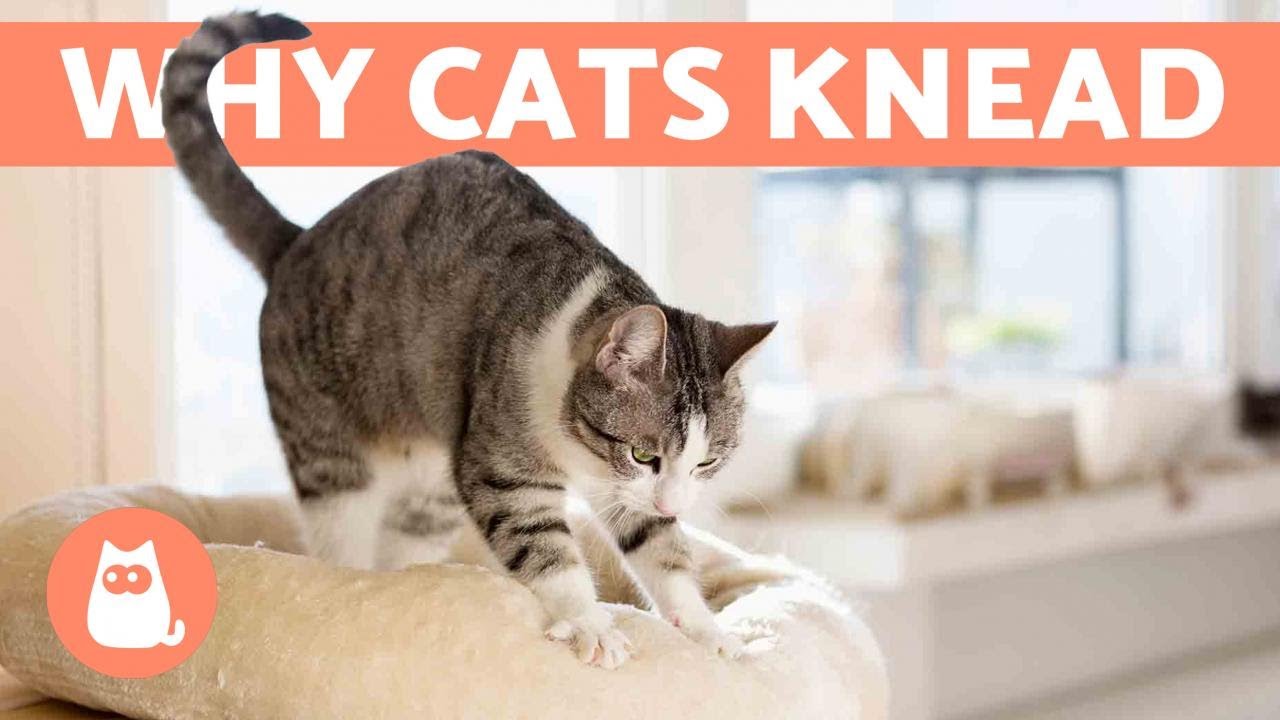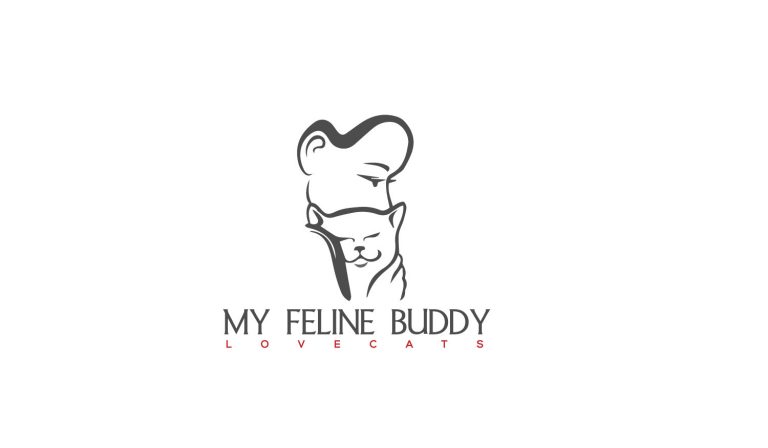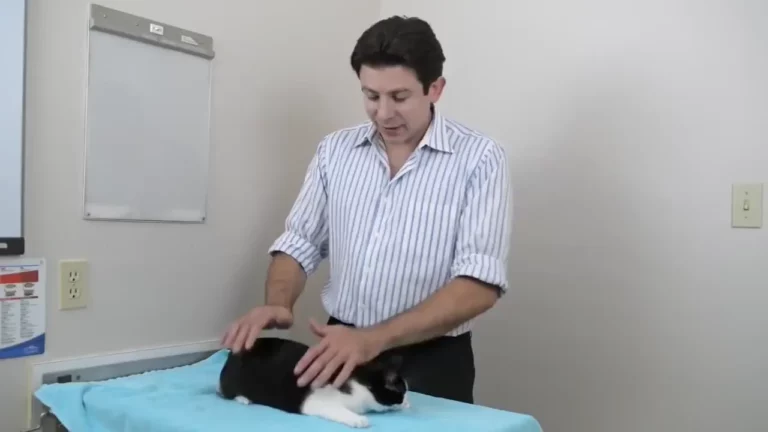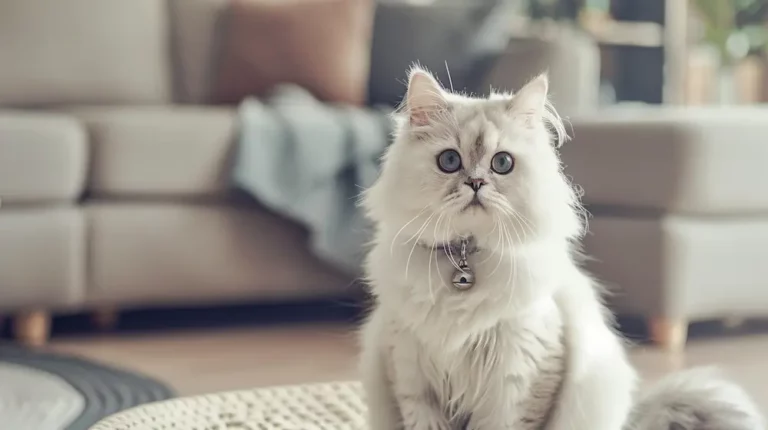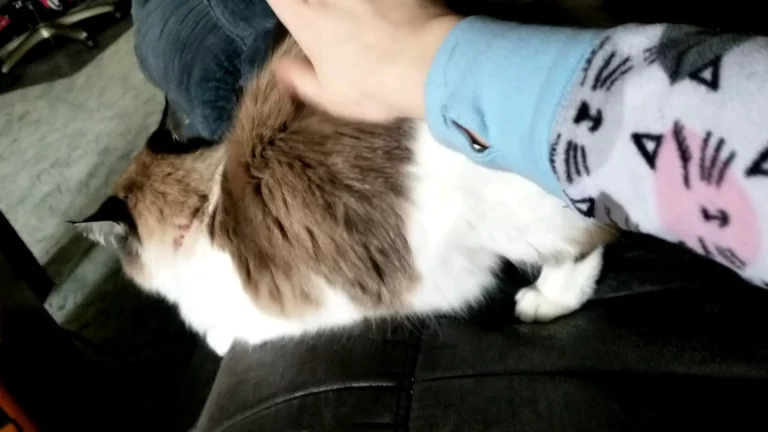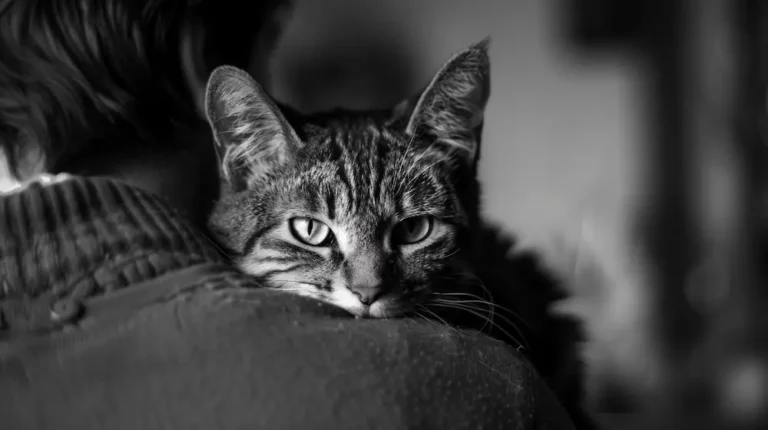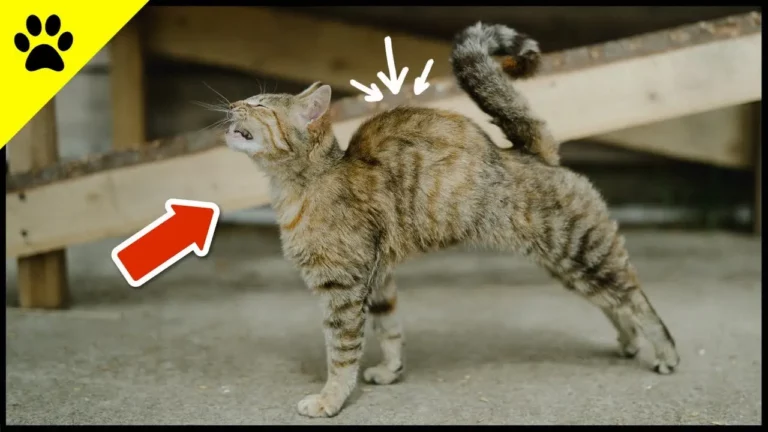Cat Kneading: What Most Vets Won’t Tell You About It
Ever wondered why your
This fascinating behavior, often accompanied by purring and a dreamy expression, might seem puzzling at first.
While it’s adorable to watch, there’s more to this rhythmic pawing than meets the eye.
Cats knead for several reasons, from seeking comfort to marking their territory.
Interestingly, this action releases dopamine in their brains, making them feel good.
But, excessive kneading can sometimes indicate anxiety or discomfort.
What Is Kneading?
You’ve probably seen your
This rhythmic action is known as kneading.
It looks like they’re working dough, doesn’t it? But why do they do this?
Evolutionary Background
Kneading isn’t just a random quirk; it’s rooted in their wild ancestry.
Wild cats would tread down grass or foliage to create a comfy nest for resting.
This behavior ensured they had a safe spot to sleep without attracting predators.
Over time, this survival tactic became ingrained in domestic cats.
Interestingly, kneading also traces back to kittenhood.
Newborn kittens knead their mother’s belly to stimulate milk flow.
It’s an instinctual behavior that carries over into adulthood, often tied to feelings of comfort and security.
Kneading in Kittens and Adult Cats
Kneading in Kittens
Ever noticed how kittens purr while kneading?
It’s not just cute; it’s functional.
When kittens knead, they’re signaling hunger and stimulating milk production from their mother’s teat.
This combination of actions helps them get the nourishment they need.
For example, I once treated a litter where the runt was struggling because it wasn’t able to knead effectively like its siblings.
We had to gently guide it until it got the hang of kneading and purring simultaneously.
Kneading in Adult Cats
Now let’s talk about your adult
When your adult
They might be reminiscing about those comforting moments with their mother, making you feel special by association.
Plus, cats have scent glands in their paws!
So when they’re kneading on you—or your favorite blanket—they’re marking territory with their unique scent.
It’s like they’re saying, “You’re mine!”
And don’t forget relaxation: many cats find kneading soothing and use it as a way to calm themselves down after nap time or during stressful moments.
In my experience, if your kitty seems excessively keen on kneading—especially if it’s causing scratches or damage—consider redirecting them to designated items like soft blankets placed strategically around your home.
Reward them when they use these spots instead of your lap!
Reasons Why Cats Knead
Ever wondered why your
It’s a quirky behavior with deep roots in their instincts. Let’s jump into the real reasons behind this fascinating catritual.
Comfort and Security
Cats start kneading as kittens.
They knead their mother’s mammary glands to stimulate milk flow, creating a bond and releasing oxytocin, the bonding hormone.
This behavior sticks with them into adulthood. When they knead on soft surfaces like blankets or even on you, it helps them feel relaxed and secure.
Kneading isn’t just about habit; it releases dopamine, that feel-good chemical in their brains.
This makes cats more likely to continue kneading whenever they need comfort or stress relief.
Ever noticed how your
Marking Territory
Those adorable paws aren’t just cute—they’re equipped with scent glands.
When your
With every push of their paw, they’re leaving pheromones behind, claiming ownership over whatever (or whoever) they’re kneading.
This territorial marking helps cats create a familiar environment filled with their scent.
So next time your
Preparation for Sleep
Kneading isn’t only for comfort or marking; it’s also a way for cats to prepare for sleep.
By pushing down on soft surfaces, they’re making their sleeping area cozy and ready for a good nap.
You’ll often see this behavior before bedtime or when your kitty is getting ready to snooze during the day.
It’s like they’re fluffing up an imaginary pillow to ensure maximum comfort while they sleep.
These insights highlight how intricate and meaningful kneading is in the world of cats.
When Kneading Becomes a Problem
Most of the time, kneading is harmless and even endearing.
But what if it gets out of hand? Let’s jump into when kneading becomes an issue.
Signs of Excessive Kneading
Excessive kneading can be more than just an annoyance; it might indicate underlying problems.
If your
- Compulsive Behavior: Cats that knead excessively may develop compulsive behaviors, particularly breeds like Siamese and Birman. This isn’t just quirky; it’s often a sign they’re trying to cope with stress or anxiety.
- Physical Damage: Constant kneading can cause wear and tear on your
cat ’s paws, legs, or mouth. In extreme cases, there could be visible damage or soreness. - Discomfort Indicators: Increased kneading might signal discomfort from conditions like arthritis or injury-related pain. If your
cat ’s trying to soothe themselves by constantly engaging in this behavior, see a vet.
Managing Painful Kneading
Nobody enjoys getting scratched during cuddle sessions. Here are practical tips to manage painful kneading without discouraging your
- Nail Trimming: Keep those claws trimmed! Not only does this lessen the chance of painful scratches but also prevents ingrown nails which can cause further issues.
- Protective Layers: Use blankets or thick clothing as buffers between you and your
cat ’s claws during kneading sessions. - Redirection: Gently redirect their attention with toys or designated scratching posts if they start to get too aggressive with their kneading.
In my experience, addressing excessive or painful kneading early helps maintain a happy, healthy relationship with your
How to Respond to Your Cat ‘s Kneading
Cats kneading can be cute, but sometimes it gets a bit much. Here’s how I handle it in my practice and at home.
Safe Ways to Discourage Excessive Kneading
First off, trim your
This avoids injury or damage when they knead.
Ever had a
Try redirecting them with a toy or treat if you need them off your lap.
Cats love distractions, especially when they’re tasty or fun.
Also, select specific items for kneading like blankets or soft cushions. Rewarding and praising your
Never punish your
You wouldn’t want someone doing that to you either!
When to Consult a Veterinarian
Notice excessive kneading? It might signal an underlying medical issue.
Speak to your vet about any unusual behavior changes; they’ll help diagnose and manage any possible conditions.
If you’re worried about infections from punctures caused by kneading (yes, that happens), check with your vet for prevention tips.
A 2017 study highlighted trauma-induced cutaneous punctures from cats’ paws leading to infections even through clothes.
Conclusion
Understanding why cats knead helps us better connect with our
While kneading is generally a sign of contentment and comfort it can sometimes become excessive.
By keeping an eye on your
Always remember every
If you’re ever in doubt don’t hesitate to consult a veterinarian. Your
